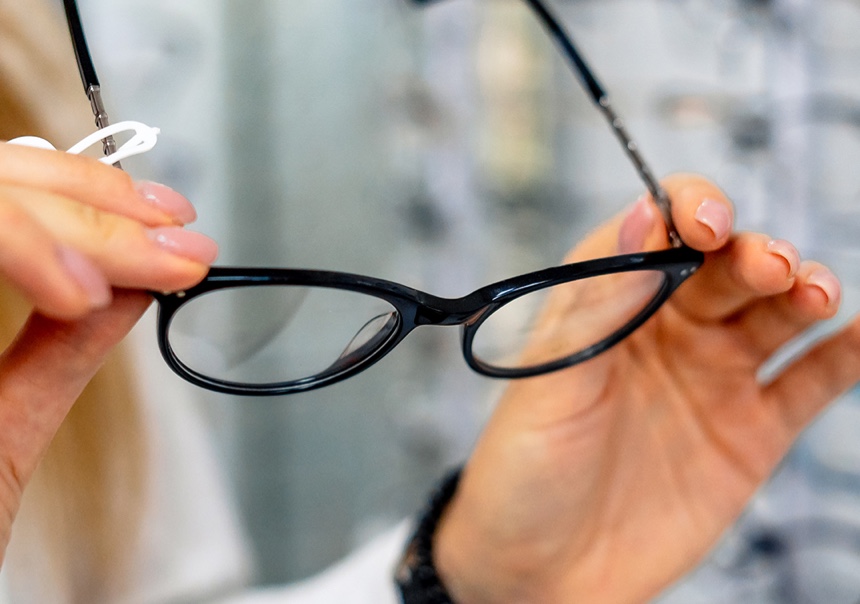Do I Have Cataracts?

Cataracts are the natural clouding of the lens in your eye, making it difficult for light to enter. They develop gradually and happen to almost everyone. At first you may not notice any changes to your vision, but eventually you will start to notice symptoms. When your cataracts start to affect daily tasks like reading or driving, it may be time to think about cataract surgery.
Cataract Symptoms

Cloudy Or Blurry Vision
When you have cataracts, it can seem like you are looking through a foggy window. At first, only a small part of your vision is cloudy. But as the cataract grows over time, the cloudy area will get larger and your vision may become duller and more blurry.

Trouble Seeing At Night
As cataracts get worse, they block more light from reaching the retina. This makes it harder to see and drive at night. You may also need more light for indoor activities such as reading.

Light And Glare Sensitivity
Cataracts can make your eyes more sensitive to light. You may notice that indoor lights seem too bright and may have trouble seeing in bright sunlight

Seeing “Halos” Around Lights
As cataracts get worse, they block more light from reaching the retina. This makes it harder to see and drive at night. You may also need more light for indoor activities such as reading.

Fading Or Yellowing Colours
At first, colours may appear faded. Your vision may also start to have a yellowish-brown tinge. This is gradual at first, but may eventually get to the point where you may have trouble telling the difference between black, blue, and purple.

Double Vision
Cataracts can sometimes cause double vision, where you see two images of a single object at the same time. This occurs even when you have one eye open.

Frequent Changes In Your Eyeglasses Or Contact Lens Prescription
Here’s an unexpected effect of cataracts: you may need to change your glasses and contact lens prescriptions more frequently. Strangely, some people may even notice an improvement in their near vision and may no longer need their reading glasses for a while. This is sometimes called second sight and usually goes away as the cataract gets worse.